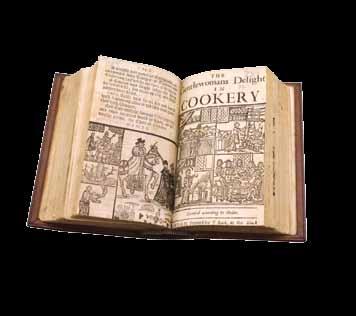Seasons in the Middle Ages by dr carl watkins (1998)
It is something of a cliché that we, thanks to the insulating effects of technology, have ceased to live lives ordered by the seasons and that this detachment from nature’s rhythms is something that separates us sharply from the experience of our forefathers. But how, exactly, did the seasons structure the lives and thoughts of our ancestors and how did they make sense of them? that was divided into two rather than four, split between winter and summer. The four-season year had Latin and continental origins, but it became a powerful framework for understanding time during the Middle Ages. In this tradition, the seasons were nestled in a bigger cosmology in which four was a potent number. There were, for example, four elements (earth, air, fire and water), four bodily ‘humours’, four principal winds, signs of the zodiac divided into four ‘triplicities’ (each tied to one of the elements), as well as the months divided among the four seasons. Neat arithmetic of this kind revealed something of the divine intelligence that had fashioned creation, and that intelligence – and divine solicitude for humankind – was palpable in the way the year turned too, passing through winter, spring, summer and autumn.
In a project begun during a year of research leave, I am beginning to probe literature and art, chronicles and sermons, scientific writings, estate management treatises and much more to try to get a grip on how men and women in the Middle Ages thought about the seasons and how their lives were structured by them. The topic is thorny because material for it is scattered in so many different places and in so many different kinds of texts and other media, but it is also tricky because some of our basic assumptions need to be unpicked at the outset. For example, a year comprising four seasons is not a given. It had to be invented – or, perhaps more accurately, imported. Old English literature – which is notably preoccupied with winter’s oppressive grip and the comparative feebleness of summer warmth suggests a year 12 MAGDALENE MATTERS
A commonplace piece of medieval art that captured the rhythm, and in so doing also celebrated the sacredness of time, was the ‘Labours of the Months’. These images pictured each month with a characteristic activity – maybe parishioners beating the bounds in April, or the threshing of corn in September, pig-sticking in November or feasting by a blazing fire in December. The Labours were painted on church walls, carved on choir stalls, cut into fonts, illuminated in the pages of prayer books and remembered in poetry. One Magdalene manuscript calendar, in the Pepys Library, even has on the reverse of the calendar-page a series of drawings of the Labours that someone has added freehand, matched to the months. So the Labours, and their message about the cycles of time and rhythms of life were ubiquitous. It might also be tempting to take these little works of art as evidence for life. But this might be a mistake. They are not depictions of reality. Some cycles do not even match the kinds of agricultural tasks undertaken in the places where they appear. They also do not do justice to the variability











